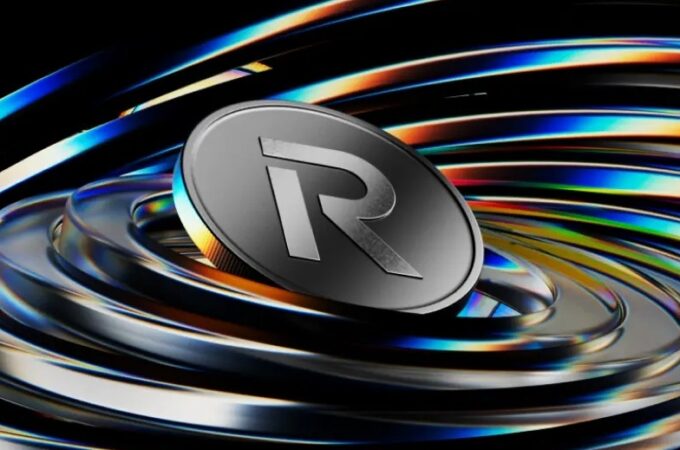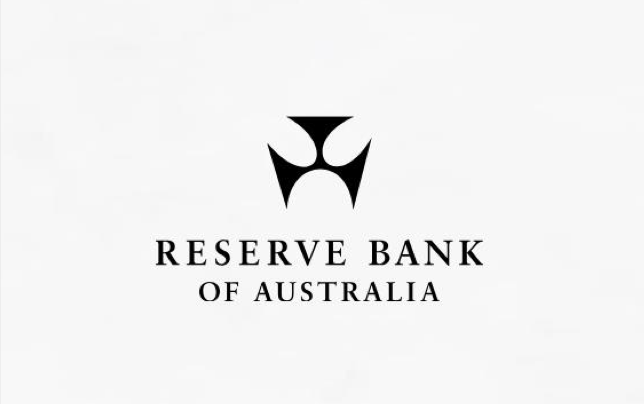
The World’s Best Banks: The Future Of Banking Is Digital After Coronavirus
via Forbes
When Citigroup opened 2020, the most ambitious projects at the $2.2 trillion in assets lender involved major partnerships with technology companies known best for their internet, social media and ecommerce platforms.
In China, nearly 70% of the payments that Citi handles for customers are done through AliPay, the payments business spawned by Alibaba. Citi’s digital payments technologies are also present on other popular social messaging platforms like LINE and WeChat. The mega-lender recently launched a credit card partnership with fintech Paytm in India, and in Singapore it uses chatbots on Facebook Messenger to help answer customer service inquiries. In November 2019, Citi made a big splash in the United States by unveiling a digital checking account with Google Pay.
These partnerships are part of a new reality for the banking industry’s most important players, like Citi: Innovative and seamless digital banking capabilities are paramount in a business where basic financial products have become commoditized and rock-bottom interest rates make it hard for lenders to differentiate. Consumers are instead voting with their smartphones, demanding the ability to conduct their financial activities safely and easily on mobile phones and their desktops.
Never were these growing demands more important than during the coronavirus pandemic, which forced countries around the world to announce lockdowns to combat the spread of the virus. Unable to visit bank branches, consumers turned to mobile apps and and online services to get things done. In the U.S., Citi saw an 84% increase in daily mobile check deposits in May and a tenfold surge in activity on Apple Pay as quarantined customers used digital and contact-less tools to handle their financial activities. The lender’s Mexican operations saw an 80% increase in mobile app logins in March. Downloads of its mobile app surged 116% from February to April, while digital bill payments rose 78%.
“Banking has changed irrevocably as a result of the pandemic. The pivot to digital has been supercharged,” says Jane Fraser, president of Citigroup and CEO of its gigantic consumer bank. “We believe we have the model of the future – a light branch footprint, seamless digital capabilities and a network of partners that expand our reach to hundreds of millions of customers.”
Citi’s increasingly digital approach is visibly evident in Forbes’ second ranking of the World’s Best Banks, based largely on customer satisfaction surveys. Citi rates highly in six of the 23 countries where customers were surveyed (Citi has retail operations in 19 countries).
Forbes partnered with market research firm Statista to measure the best banks in nearly two dozen countries. Statista surveyed more than 40,000 customers around the globe for their opinions on their current and former banking relationships. The banks were rated on overall recommendation and satisfaction, as well as five subdimensions (trust, terms and conditions, customer services, digital services and financial advice). Between 5 and 75 banks were identified as top banks in each country, based on the total evaluations collected, the number of banks in the specific country and the scores achieved.
The 2008 financial crisis didn’t just usher in an era of consolidation and low interest rates that reshaped the banking industry globally, it also coincided with the mass adoption of the smartphone and a shift to digital banking. In the wake, a crop of web-first lenders emerged to challenge the world’s biggest lenders and made offering end-to-end mobile banking features a matter of survival for every lender. The coronavirus only affirmed that there’s no looking back.
Amsterdam-based ING, ranked highly in eight nations, leading lenders worldwide on our list in its reach. The lender, which has a legacy that dates back to the mid-1800s, is a technological pioneer in the banking industry, creating digital bank ING Direct in 1997 at the dawn of the internet age. While ING operates hundreds of bank branches in the Netherlands and Poland, it is known as an entirely web-based bank in markets like Australia, Germany and Spain where it ranks in the top-five.
ING now handles some 4.5 billion digital contacts a year, according to Aris Bogdaneris, head of challengers and growth markets, and it is embarking on an effort to make digital services uniform worldwide. “We are inspired by the giant technology platforms and their customer engagement,” says Bogdaneris, who points out that user experiences for technology platforms like Uber are the same, regardless of where a customer is located. “We started measuring ourselves more against these platforms than against traditional banks,” he adds.
Now, with its Covid-19 affirming most digital banking trends, Bogdaneris wonders whether ING will go all-digital. Says Bogdaneris, “Where we have physical distribution and literally closed branches, [the question is] do we reopen them again? Do we actually need them?”
The other banks that rated highly in more than five regions include HSBC and Santander at six apiece, and digital bank N26, which rated first in Austria and Italy second in Spain and France, and #29 in Germany. Founded in 2013, N26 stands out because it has no physical branches but offers free ATM withdrawals worldwide and recently raised $270 million as part of a Series D round that valued the firm at $3.5 billion.
Digital upstart Nubank is the top-rated bank in Brazil, beating out an oligopoly of legacy banks on our list. “The penetration of the internet and the penetration of smartphones created a window of opportunity for us,” says founder and CEO David Velez.
“Even a startup could compete head-to-head with the big banks. Suddenly, you didn’t need billions of dollars to build bank branches and you didn’t need hundreds of millions of dollars to buy mainframes from IBM. You could use the internet to acquire customers,” Velez adds, “It enables a model that has fundamentally lower costs and a better user experience.”
Growth at Nubank, which operates throughout South America, has been staggering. In 2019, the lender saw its customers surge from 6 million to 20 million and its private valuation now stands at $10 billion.
If there’s any doubt that digital-first banks are the way forward, Velez offers a surprising statistic: Since the pandemic began, Nubank has seen a surge in customers aged sixty and over, the types of clients many bankers once believed would never leave traditional branch networks. Over the past 30-days, for instance, some 300 clients above the age of 90 have become Nubank customers, according to Velez.
Digital banks rated well in the United States as well. Online-only Discover and Capital One ranked #23 and #30, while neobank Chime ranked #36. All three beat out mega-lenders JPMorgan Chase, #36 and Citigroup #71. The other big four lenders, Bank of America and Wells Fargo, didn’t make the top-75.
USAA was the highest-rated bank in the U.S. The bank is open to members of the U.S. military and their families and has more than 13 million members.





